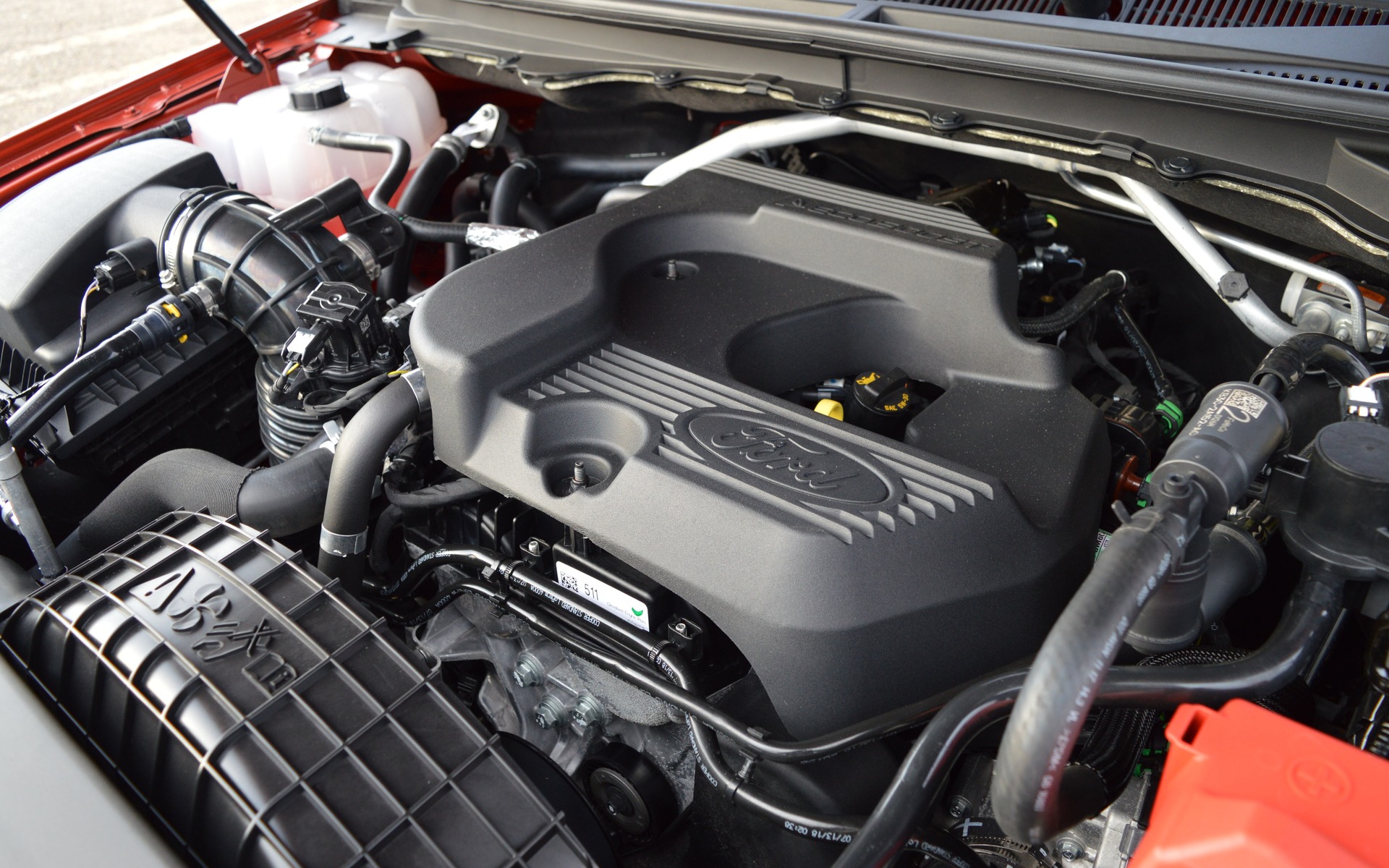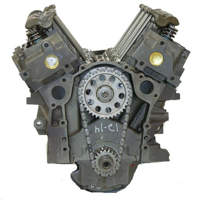Why the 2.2 Ford Ranger Engine Is a Popular Choice for Rugged and Reliable Performance
Why the 2.2 Ford Ranger Engine Is a Popular Choice for Rugged and Reliable Performance
Blog Article
Recognizing the Fundamentals of Auto Engines: Types, features, and functions

Review of Automobile Engines
A cars and truck engine functions as the heart of a lorry, converting gas into mechanical energy to propel it ahead. This intricate system makes up various elements that operate in unison to make certain ideal performance and efficiency. The basic procedure of an auto engine involves the inner burning procedure, where gas and air are blended, ignited, and removed to develop power.
The engine's layout can considerably affect its efficiency, gas performance, and discharges. Secret elements consist of the cyndrical tube block, pistons, crankshaft, and camshaft, each playing a crucial role in the engine's total function.
In enhancement to these elements, engines frequently utilize various systems such as gas injection, ignition, and cooling systems to enhance efficiency and long life. Recognizing the fundamental mechanics of car engines is necessary for diagnosing issues and performing upkeep, ultimately adding to the lorry's integrity and effectiveness gradually.

Kinds of Cars And Truck Engines
Cars and truck engines can be classified into several kinds based upon their design, fuel kind, and operational principles. 2.2 ford ranger engine. One of the most usual groups consist of interior combustion engines (ICE), electrical engines, and crossbreed engines
Interior combustion engines, which can be additional split right into gas and diesel engines, operate by igniting a fuel-air combination to create power. Gasoline engines are typically lighter and smoother, while diesel motor are much more fuel-efficient and deal higher torque.
Electric engines utilize electrical energy saved in batteries to power an electrical motor, offering instantaneous torque and no emissions throughout operation. As modern technology developments, electric automobiles (EVs) are increasingly coming to be prominent for their environmental advantages and reduced running expenses.
Hybrid engines incorporate aspects of both internal burning and electric engines, permitting versatile power sources and improved gas efficiency. They can run in various settings, making use of either the gas engine, the electrical motor, or both all at once.
Each sort of engine has distinctive benefits and drawbacks, affecting their application in different lorry kinds and market sectors, from compact cars and trucks to sturdy vehicles. Comprehending these types is crucial for making notified decisions relating to car choice and performance assumptions.
Engine Features Discussed
Recognizing engine functions is important for realizing how automobiles run efficiently. At the core of any type of inner burning engine lies the essential procedure of transforming gas right into mechanical energy.
The ignition takes place following, sparking the mixture and producing a rapid growth of gases. This pressure drives the piston down throughout the power stroke, which eventually converts into the rotational activity of the crankshaft. The exhaust stroke after that removes the invested gases from the chamber, making method for a brand-new cycle to start.
Along with these main features, engines also include systems that manage air conditioning and lubrication, guaranteeing ideal operational temperature levels and reducing friction in between moving components. This intricate interplay of functions enables the engine to create the power needed for vehicle propulsion while maintaining efficiency and dependability. Comprehending these features supplies beneficial understanding into the complexities of automobile engineering and enhances the ability to diagnose and resolve engine-related concerns properly.
Trick Engine Attributes
Engine design includes several essential functions that considerably affect performance, sturdiness, and performance. Among one of the most vital aspects is the engine configuration, that includes inline, V-type, and level designs. Each arrangement impacts the engine's balance, power, and dimension outcome, consequently impacting general vehicle dynamics.
One more important function is the engine variation, referring to the complete volume of all cyndrical tubes. Larger variations normally generate even more power but might compromise fuel efficiency. Engine materials also play a pivotal role; high-strength and lightweight products, such as aluminum and magnesium alloys, enhance efficiency without including excessive weight.
The sort of fuel injection system used-- such as straight or multi-port injection-- influences combustion performance and emissions. Turbocharging and turbo charging are attributes that increase engine efficiency by forcing extra air into the combustion chamber, enhancing power outcome without dramatically boosting engine size.
Last but not least, the existence of advanced engine administration systems enhances fuel-air mix and ignition timing, adding to smoother operation and much better gas economic situation. Collectively, these attributes define an engine's abilities, establishing the foundation for its efficiency and longevity in a that site competitive automobile landscape.
Upkeep Tips for Engines
Proper engine upkeep is critical for making sure optimal performance and long life, as neglecting routine treatment can lead to considerable concerns down the line. To maintain your engine successfully, begin with regular oil changes, generally go to my blog every 3,000 to 7,500 miles, relying on the type of oil utilized. Fresh oil lubricates engine elements, reducing friction and wear.
Additionally, keeping track of coolant degrees is essential to stop overheating. Guarantee that the coolant is topped up and is in excellent condition to keep efficient temperature level law. Consistently check and replace air and gas filters, as blocked filters can hinder air movement and fuel distribution, jeopardizing engine efficiency.
Furthermore, take note of ignition system and ignition systems. Used or malfunctioning trigger plugs can bring about misfiring and lowered efficiency. Checking the battery terminals and connections for corrosion is additionally essential, as a weak battery can influence engine beginning.

Conclusion
In recap, a detailed understanding of automobile engines incorporates various types, functions, and key functions that dramatically affect car efficiency. Inner combustion engines, in addition to electric and hybrid options, show diverse devices for energy conversion. 2.2 ford ranger engine. Identifying the crucial features, such as intake and exhaust cycles, along with essential engine functions like setup and fuel injection systems, outfits automobile owners with the knowledge necessary for effective maintenance and procedure, inevitably enhancing lorry durability and effectiveness
A visit this site right here cars and truck engine serves as the heart of a lorry, transforming gas into mechanical energy to push it forward. The essential operation of an auto engine includes the interior burning procedure, in which gas and air are combined, fired up, and gotten rid of to develop power.
Frequently evaluate and change air and gas filters, as blocked filters can impede airflow and fuel shipment, jeopardizing engine efficiency. - 2.2 ford ranger engine
In recap, a detailed understanding of auto engines includes various kinds, features, and essential attributes that substantially influence automobile performance. Acknowledging the important features, such as intake and exhaust cycles, together with crucial engine attributes like configuration and gas shot systems, gears up car owners with the expertise required for effective maintenance and procedure, ultimately improving lorry longevity and effectiveness.
Report this page